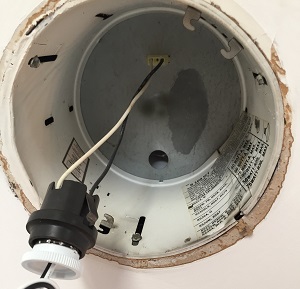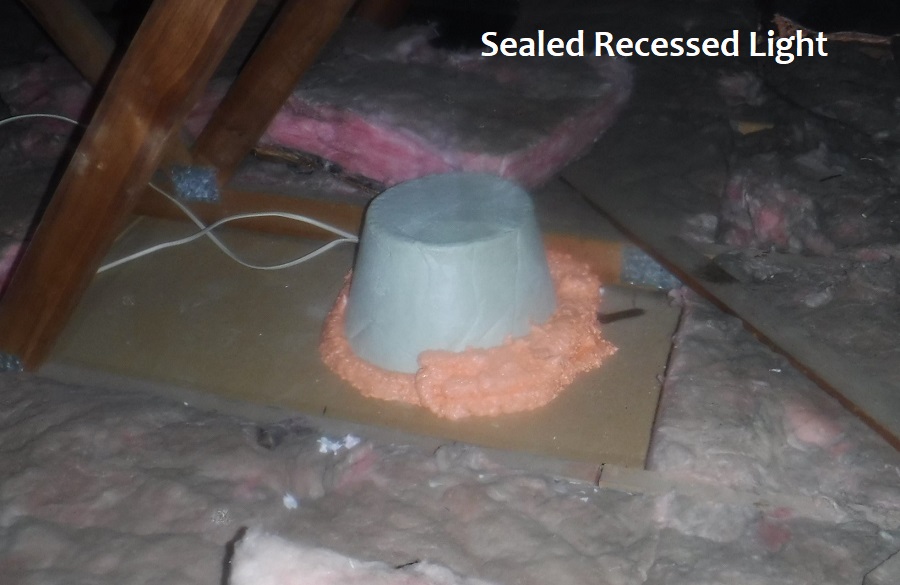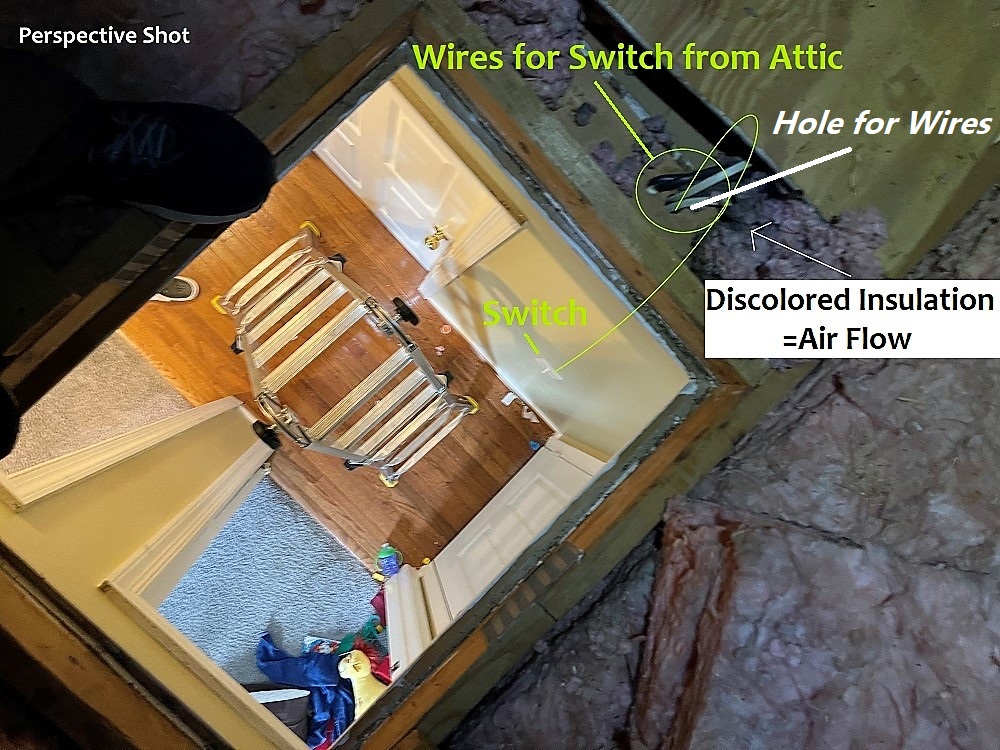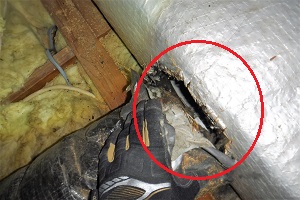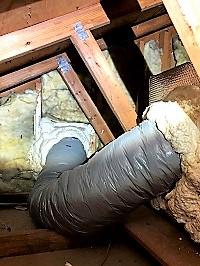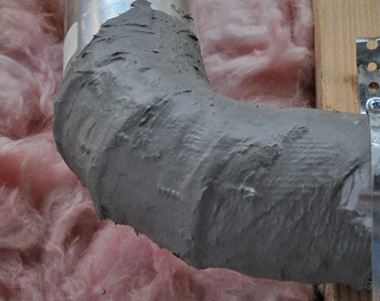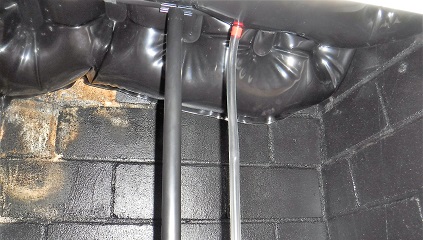Residential Comfort & Energy EfficiencyThursday, September 09 2021
2022 should be the year that you start to look at your home and comfort in three-dimensional ways. You can make smart, inexpensive upgrades with the right guidance. As a certified home energy auditor I see the same problems over and over. The most important thing to understand is that many of the issues I point out to homeowners are literally hiding in plain sight. The physics behind the issues that we all experience around the house is actually rather simple. Pressure forces air around to different places inside your living space. Knowing how to stop that and where to slow it is the name of the game. The five solutions listed here are based on building science principles.
1. Seal Recessed Light FixturesThe first thing you can do to save energy at home and reduce drafts is seal up you recessed lights in ceilings that are below the attic. These common fixtures are secret gateways to the attic and there is no doubt your warm, conditioned air is sneaking right out. We all know hot air rises. But, what they don't tell you is that when holes, cracks and gaps in the ceiling exist, the warm air goes right up through and into the attic. Check this out. Most older recessed lights have ventilation holes so that heat from the old incandescent bulbs can escape.
This recessed light photo is taken with the bulb removed and reveals the many slots and holes that create gateways to the attic. Maryland utility customers with recessed lights typically report high bills and major comfort complaints.
The photo above is taken from inside an attic. The flash on the camera was turned off to demonstrate the ability in some cases to actually see to the living space below through the light. This is why all recessed lights must be covered and sealed at the attic floor to reduct drafts and energy loss. Watch how leaky these recessed lights are during a whole house pressure test.
How Should it Look?It is always best to seal recessed lights from the attic. Covering the fixure and sealing the cover at the base is key. Now the air barrier is restored and the home will be less drafty.
When sealing recessed lights from the attic is not possible, you can seal your recessed lights from the inside with an LED recessed light kit.
2. Seal Attic Floor Cracks, Holes and GapsSimilar to the recessed light problem, there are other holes and cracks in the attic floor that will lead to the communication of air between the inside of the home and the attic, or outside. Take your light switch on the wall as an example.
Wires run through the walls to hook up to electrical outlets and switches creating pathways for air to connect between the inside and outside (attic). Foam sealant can be purchased at the hardware store and it can be applied to the tops of walls, around light fixtures and to seal up holes drilled for electrical wires. All of these voids contribute to a high bill and uncomfortable living space. Watch how we do this!
3. Seal Accessible Leaky HVAC DuctsImproving home comfort can be achieved when you put resources in the right place. According to the EPA and other studies, the HVAC ducts in your home can be leaky enough to account for up to as much as 30% of a household's total energy loss. Sealing ducts is not something that needs to be done by a contractor. This is a "weekend warrior" type of project that requires a little patience, a few materials and a little know how. Sealing ducts near the air handler will also help you the most and those are usually the places that are most accessible.
Disconnected ducts are big energy wasters!
One way to fix leaky ducts is to use two-part spray foam.
Sealing ducts with mastic is another option to improve your home comfort. 4. Seal and Insulate the Attic HatchIf you want to save energy at home and improve comfort, be sure to think about all of the places that you have access to an attic around your house. It is important to treat all of them. Typically, the attic access points around a house are made from 1/4" plywood or drywall. This is no way to separate the inside of your home from the attic (outside). A few pieces of insulation and a 10' piece of weatherstripping can go a long way!
Thermography of the hatch in this home shows that the area is problematic. Watch how a push up attic hatch gets treated.
5. Install a Chimney BalloonIf you have a fireplace, then you have another great way to improve your home comfort. Most people keep the damper closed when the fireplace is not in use, but usually it is made of metal. Chances are there is nothing stopping the flow of air through the chimney damper flap and out. Using a very simple blow up type device can really help to move the needle and decrease energy usage and improve comfort.
A great way to save energy at home and improve comfort is to seal the chimney with an attic balloon.
The attic ballon has a stem that can easily be accessed to blow up the device and create a nice seal in the chimney. ConclusionLooking for these five things around your home and resolving one or two of them can go a long way towards better comfort and having a lower energy bill. ________________ Written by Eric Gans Did these ideas help you save energy at home? We want to know if you tried any of our solutions and how they worked out for you in the comments below! Comments:
|








